EXPLORE
14 Beautiful Places To Visit Before They Disappear
Published
12 months agoon
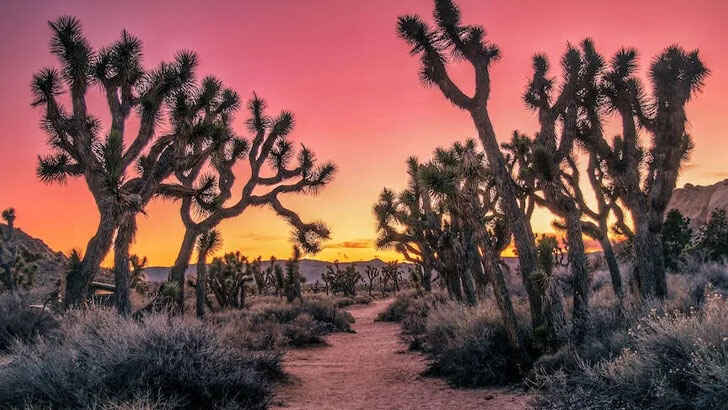
Shutterstock
In an ever-changing world, the sights and scenery around us are just as capable of evolution and decay as we humans are. While there’s always more modern engineering achievements being built, there are a bunch of natural, historical, and iconic places that are under threat. And not only from environmental factors like climate change or erosion, but tourism and geopolitical conflict, too.
Whether humans built these places or not, there’s no arguing that the number of visitors, conflict, vandalism, and unfortunate environmental circumstances directly lead to the declining conditions of these popular world sites. We hope the money from visitors is directly invested into preserving the area, but is it too late? Now you must decide – are you one who wants to visit before they’re gone, or stay away in hopes that they’ll survive longer? How many have you been to?
Old U.S. Mint
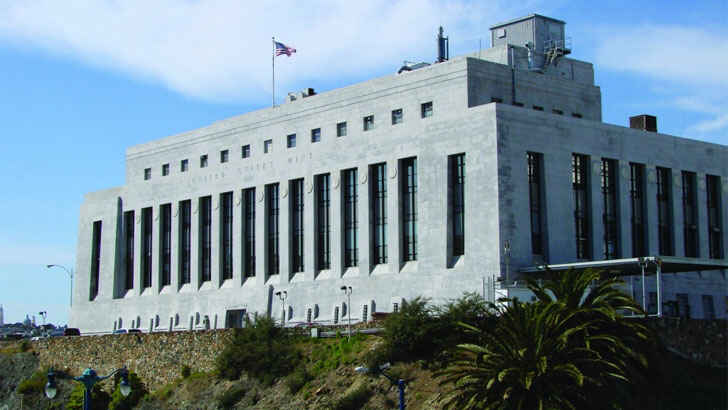
Shutterstock
The San Francisco U.S. Mint is a branch of the United States Mint that was established in 1854 to serve the gold mines of the California gold rush, and it continued to produce coins for circulation and commemorative medals for years. Now, it sadly sits unused despite still being a popular tourist attraction, however the tech industry continues to build around it, surely making its days numbered
Jiuzhaigou
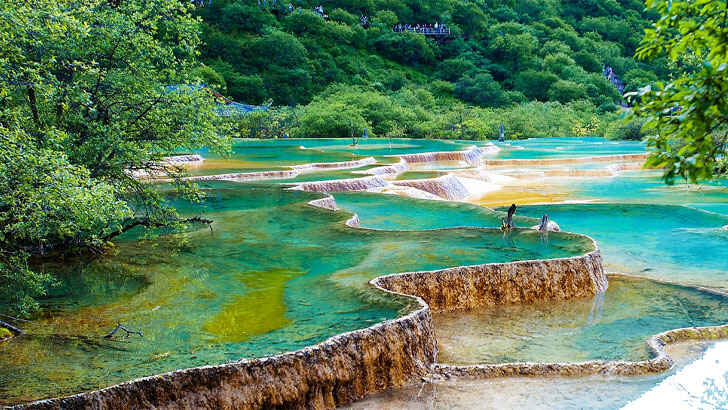
Shutterstock
Jiuzhaigou, also known as Jiuzhai Valley, is a national park located in the northern part of Sichuan province in China. The park is known for its breathtaking scenery, which includes a series of crystal-clear lakes, waterfalls, and forests. The area is home to a diverse range of flora and fauna, including many endangered species. Jiuzhaigou is also a popular tourist destination, and it was declared a UNESCO World Heritage Site in 1992. However, with over 1 million people visiting a year, the deterioration has become noticeable.
Grand Canyon
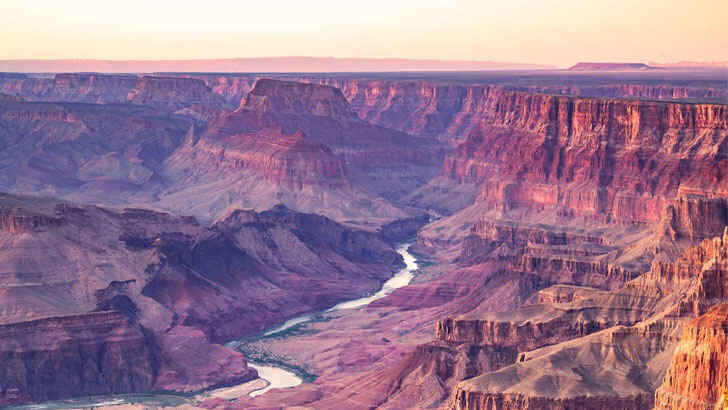
Shutterstock
The Grand Canyon is known for its stunning views and unique geology, with layers of rock and sediment that reveal the Earth’s history. It is also home to a diverse array of plants and animals, and is a popular destination for hikers, climbers, and sightseers. And despite being a UNESCO World Heritage Site, recognized for its natural beauty and importance as a geological and ecological preserve, the amount of building, tourism, and mining in the area have shown there may be a new priority other than just the natural beauty of the canyon.
Taj Mahal
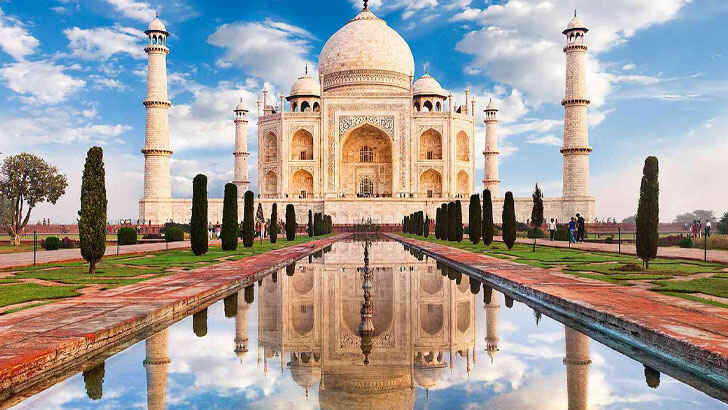
Shutterstock
The Taj Mahal is a mausoleum located in Agra, India built by the Mughal Emperor Shah Jahan in memory of his favorite wife, Mumtaz Mahal, who died during childbirth. It’s widely considered one of the most beautiful buildings in the world, and is made of white marble and is adorned with intricate carvings and inlaid with precious stones. However, even with more than 40,000 visitors a day, it lacks the care it needs and is even affected by pollution. The Indian Supreme Court has even threatened to demolish the building if extensive changes aren’t made.
Great Barrier Reef
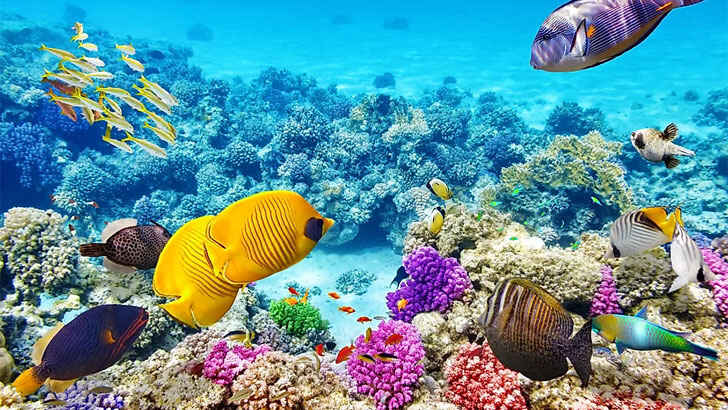
Shutterstock
The Great Barrier Reef is the world’s largest coral reef system, comprising more than 2,900 individual reefs and 900 islands that stretch for over 1,400 miles. The reef is home to a staggering array of marine life, including more than 1,500 species of fish, 411 species of hard coral, and numerous species of turtles, dolphins, and whales. It is also an important economic resource for the region, supporting tourism and fishing industries. However, the reef is facing significant threats from climate change, pollution, and overfishing, which have led to significant declines in the health and resilience of the ecosystem.
Dead Sea

Shutterstock
The Dead Sea is a salt lake located in the Jordan Rift Valley, between Israel and Jordan. It is the lowest point on land on Earth, with a surface elevation of about 1,412 feet below sea level. The Dead Sea is famous for its high salt content, and the water is so salty that it is unable to support plant or animal life, hence its name. The lake is fed by the Jordan River, but has no outflow, leading to the accumulation of salt and minerals in its water. The Dead Sea is facing environmental challenges, including the decreasing water level due to the overuse of its water resources and the impact of climate change.
Rainforests of Atsinanana
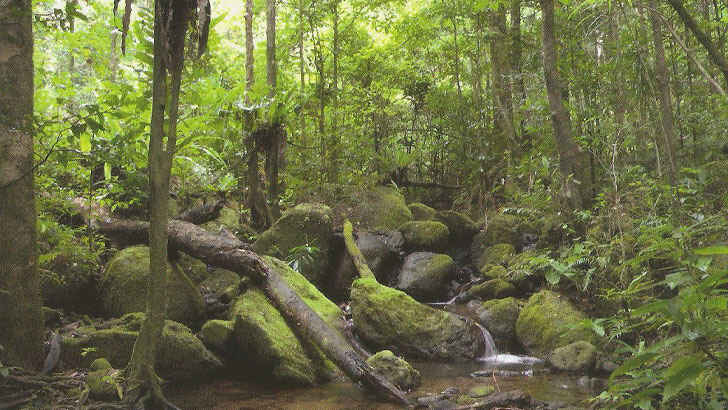
Shutterstock
Atsinanana is a region in eastern Madagascar that is home to a number of protected rainforests. These forests are home to a rich and diverse array of plant and animal life, including many species that are found nowhere else on Earth. The rainforests are facing significant threats from logging, agriculture, and mining, which have led to the destruction of large areas of forest. Efforts are being made to protect and preserve these important ecosystems, including the establishment of protected areas and the promotion of sustainable land use practices.
Palmyra
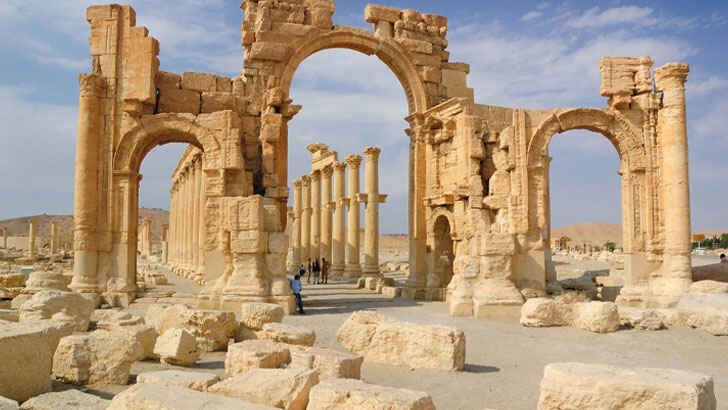
Shutterstock
Palmyra is an ancient city located in modern-day Syria, in the Syrian Desert. Palmyra was a key city on the Silk Road, and was a major center of trade in the ancient world. The city was home to a number of important structures, including the Temple of Bel, the Agora, and the Great Colonnade, which were adorned with ornate carvings and decorations. Palmyra was also known for its sophisticated water management systems, which allowed the city to thrive in a desert environment. In recent years, Palmyra has been the site of significant cultural and political conflict, with the city being occupied and damaged by various groups during the Syrian civil war.
A.G. Gaston Motel
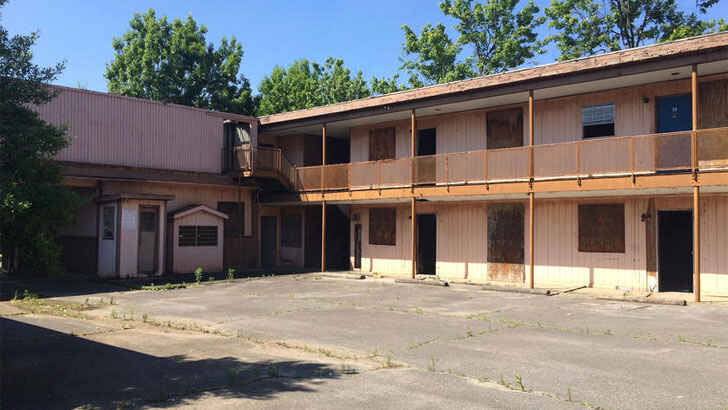
Shutterstock
The A.G. Gaston Motel was a historic civil rights-era motel located in Birmingham, Alabama. It was owned by African American entrepreneur A.G. Gaston and served as a hub for the civil rights movement in the 1960s. The motel was a popular gathering place for civil rights leaders, including Dr. Martin Luther King Jr., and was the site of numerous strategy meetings and planning sessions during the civil rights movement. The motel also served as a safe haven and was added to the National Register of Historic Places in 1982. However, with no renovation plans solidified, the hotel continues to deteriorate and be subject to vandalism.
Timbuktu

Shutterstock
Timbuktu is a city in Mali, West Africa, that has a long and rich history dating back to the 5th century. It was once a major center of trade and intellectual activity, and was known for its universities and libraries. The city was also home to a number of important Islamic scholars and theologians, who contributed to the development of Islamic thought and culture. Today, Timbuktu is a UNESCO World Heritage Site and is known for its historic mud brick architecture and cultural significance. However, the city has faced challenges in recent years due to conflict and instability in the region, especially from extremist groups.
Petra
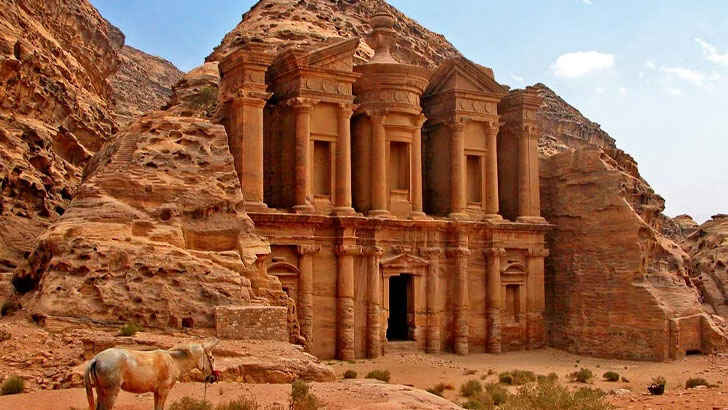
Shutterstock
Petra is an ancient city located in modern-day Jordan. It is known for its stunning rock-cut architecture, which was carved into the red sandstone cliffs of the region. Petra is believed to have been founded in the 6th century BC and the city was a key stop on the Incense Route, a network of trade routes that connected Arabia, Africa, and the Mediterranean. Petra was home to a number of impressive structures, and today, Petra is a UNESCO World Heritage Site and a popular tourist destination. However, erosion is quickly becoming an issue of preservation.
Kosovo Monasteries & Church
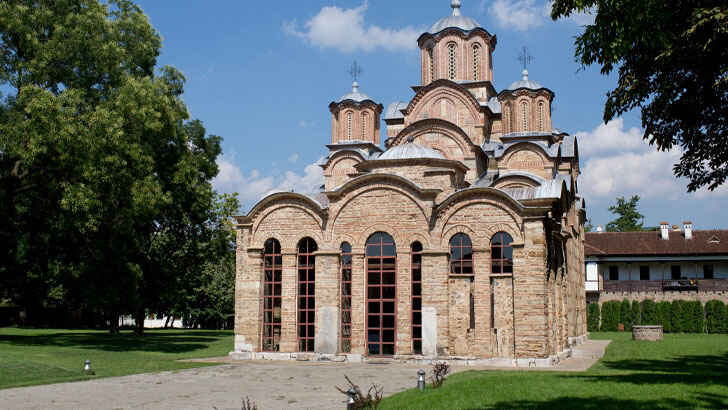
Shutterstock
Many of Kosovo’s monasteries and churches were built during the medieval period and are examples of Byzantine and Ottoman-influenced architecture. Some of the most famous monasteries and churches in Kosovo include the Gračanica Monastery, the Patriarchate of Peć, and the Church of Our Lady of Ljeviš, which are all UNESCO World Heritage Sites. These religious buildings are important centers of faith and cultural traditions for the country’s predominantly Orthodox Christian population, but the lack of upkeep and numerous decades of political instability are pushing these buildings to their demise.
Mount Kilimanjaro
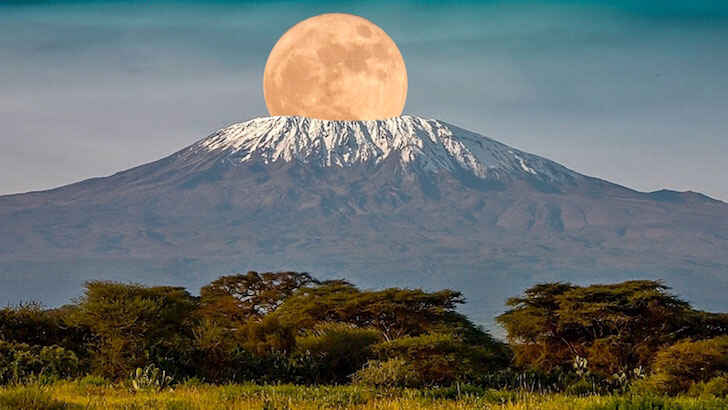
Shutterstock
Mount Kilimanjaro is a dormant volcano located in Tanzania, in East Africa. It is the highest mountain in Africa, with a summit elevation of about 19,341 feet above sea level. The mountain is home to a diverse range of ecosystems, and Kilimanjaro is also an important water source for the region, with its glaciers and snowfields providing water for millions of people in the surrounding areas. The mountain is facing significant threats from climate change, with its glaciers melting at an alarming rate. It’s projected most ice will be gone by 2040.
Church of Nativity
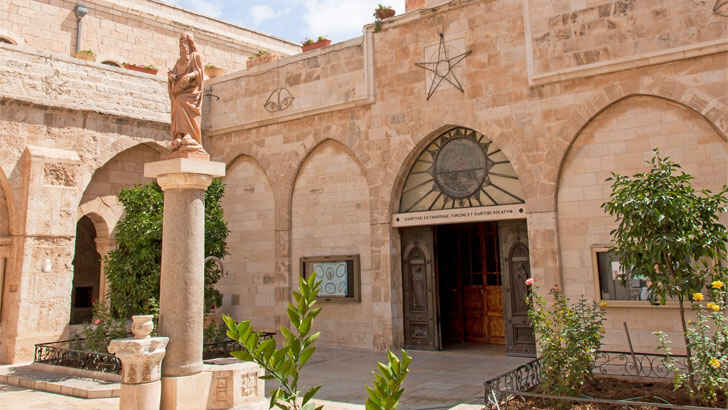
Shutterstock
The Church of the Nativity is a major holy site for Christians, located in the city of Bethlehem in the West Bank. It is believed to be the birthplace of Jesus Christ and is one of the oldest continuously operating churches in the world. The Church of the Nativity was built in the 4th century AD, and is a fine example of Byzantine architecture,making it a UNESCO World Heritage Site. Unfortunately, water leaks are causing major damage to the wood and creating a fire hazard, putting the building and other historic artifacts in danger.
More From Bon Voyaged
-


28 Reasons To Travel The World
-
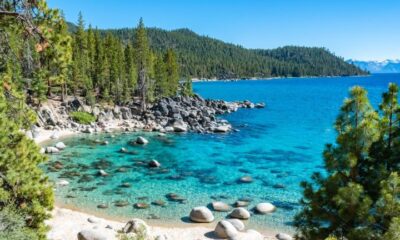

25 Most Touristy Towns In America That Are Still Worth…
-
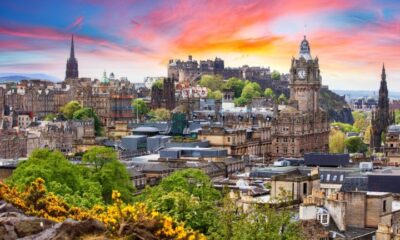

25 Cities From Around The World That Are Actually Considered…
-


20 Most Beautiful Orange Perennials
-
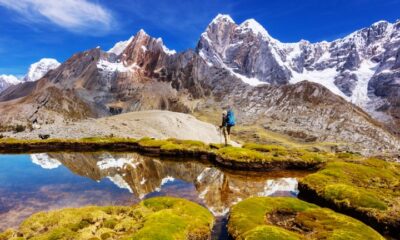

Extreme Adventure: Hiking the World’s Toughest Trails
-


25 Most Devastating Hurricanes In History
-


Rare Photos From History That You Probably Haven’t Seen Before
-


10 Plants That Can Hurt You If You Touch Them
-


30 Beaches So Beautiful You’ll Rethink Your Next Vacation
-
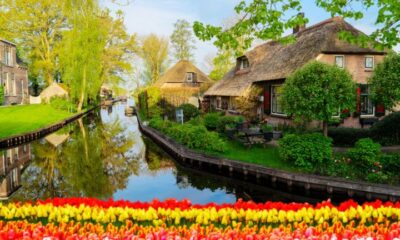

28 Towns Across The World That Offer Canal Street Living
-
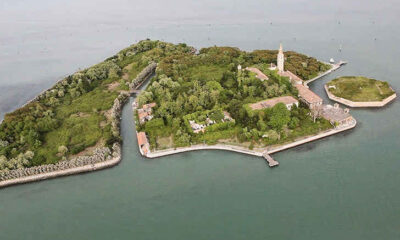

9 Strange Places Totally Off Limits
-


10 Fascinating Facts About The Moon

